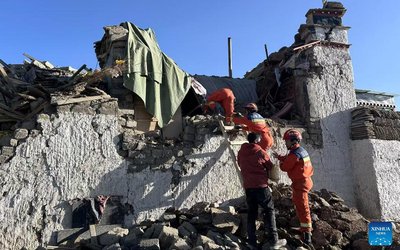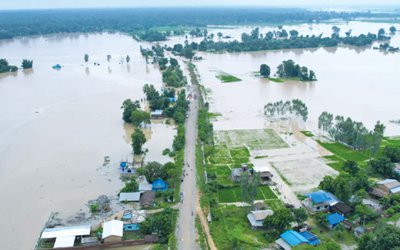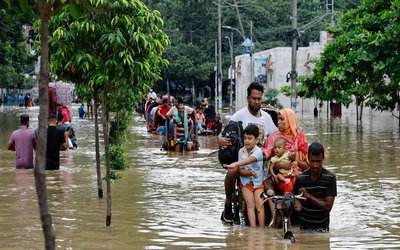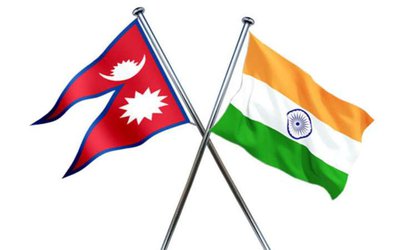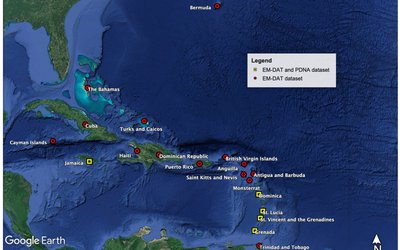
The 2023 monsoon is projected to be average, even below average. For disaster events, however, this does not translate to a reduced risk of floods. A single heavy spell of rain can trigger disastrous consequences.
“We saw two such incidences just over the weekend, in Nepal’s eastern Koshi province where an overnight rainfall triggered flooding and landslides leading to 5 deaths and 28 missing people, and a flash flood in Sikkim, northeastern India washed away bridges and major highways displacing local communities and thousands of tourists,” said a press release of Integrated Mountain,” reads press release of Inernational Cener for Integrated Mountain Development (ICIMOD).
The four-month precipitation outlook from May to August 2023 indicates that near-normal conditions will persist in most of the basins except the Ganges basin where relatively some deficit is expected. A minor surplus is expected of the lower parts of the Indus basin.
Climate change has led to alarming changes in rainfall patterns, intensifying the frequency and magnitude of precipitation. As a result, heavy rainfall within short durations have become more common in the HKH, posing severe flood risks.
June–September are crucial months for the HKH, with the monsoon rains accounting for 80% of the region’s annual precipitation. The increasing unpredictability of the season, however, is causing chains of disastrous events, leaving countries in the region struggling to adapt and respond. We have had several recent incidences where a single event has triggered disastrous impacts – the 2022 Pakistan floods, which led to 1730 deaths and economic losses tallying over USD 15 billion being the most recent.
The monsoon projection for 2023 is strikingly similar to that for 2014, where experts projected an average to below-average monsoon across South Asia. The year proved to be a disastrous one for Nepal, where heavy rainfall from 14–16 August caused massive flooding and landslides in 18 districts, leading to 53 deaths, countless displacements, and economic losses of USD 140 million.
All of us would want 2023 to be strikingly different from 2014 in terms of preparedness. We know that early warning and information are key to reducing risks. While short-term local events, particularly flash floods, are challenging to predict, community-based flood early warning systems provide a couple of hours’ lead time and the Flash Flood Predicion Tool provides 54 hours’ lead time.
Our work complements the work of meteorology and hydrology agencies in the HKH regional countries, who compile and share critical impending disaster warnings as text messages to local leaders in vulnerable communities.
While information is crucial, it is imperative for communities to thoroughly assess their environment and take proactive measures. This includes identifying safer zones, ensuring access to emergency food supplies, and maintaining constant communication with local leaders.
ICIMOD has partnered with national and local entities to improve forecast and early warning systems in the region.
Community-based flood early warning systems give communities a lead time of a couple of hours to make critical life-saving decisions. With our supprt, partners have installed 3 stations in Afghanistan, 7 in India, 11 in Nepal, and 5 in Pakistan.
Several other development actors are also involved in installing community-based flood early warning systems the region. It is vital that more such early warning systems be installed in major flood-prone tributaries. For maximum impact, scaling of these efforts is necessary. The region needs to make significant national-level investments in forecasting and early warning systems.
This is a pivotal moment to address the impacts caused by past monsoons and work towards a safer future.
The impact of monsoons is increasingly devastating each year, and countries in the region continue to grapple with the challenges. The World Bank projects that the GDP per capita change due to climate change will be higher than the global average of approximately seven percent for South Asian countries.
- MADHU KUMAR MARASINI: Person With Determination
- Mar 14, 2025
- Foreign Minister Rana in Delhi, Likely To Meet Indian External Affairs Minister
- Mar 14, 2025
- Holi In Terai-Madhesh Today
- Mar 14, 2025
- Nepal’s Current Account Remains At Surplus In seven months of current FY
- Mar 14, 2025
- Weather Forecast: Generally Cloudy In Hilly Areas Koshi And Gandaki With Rain In Few Places
- Mar 14, 2025


